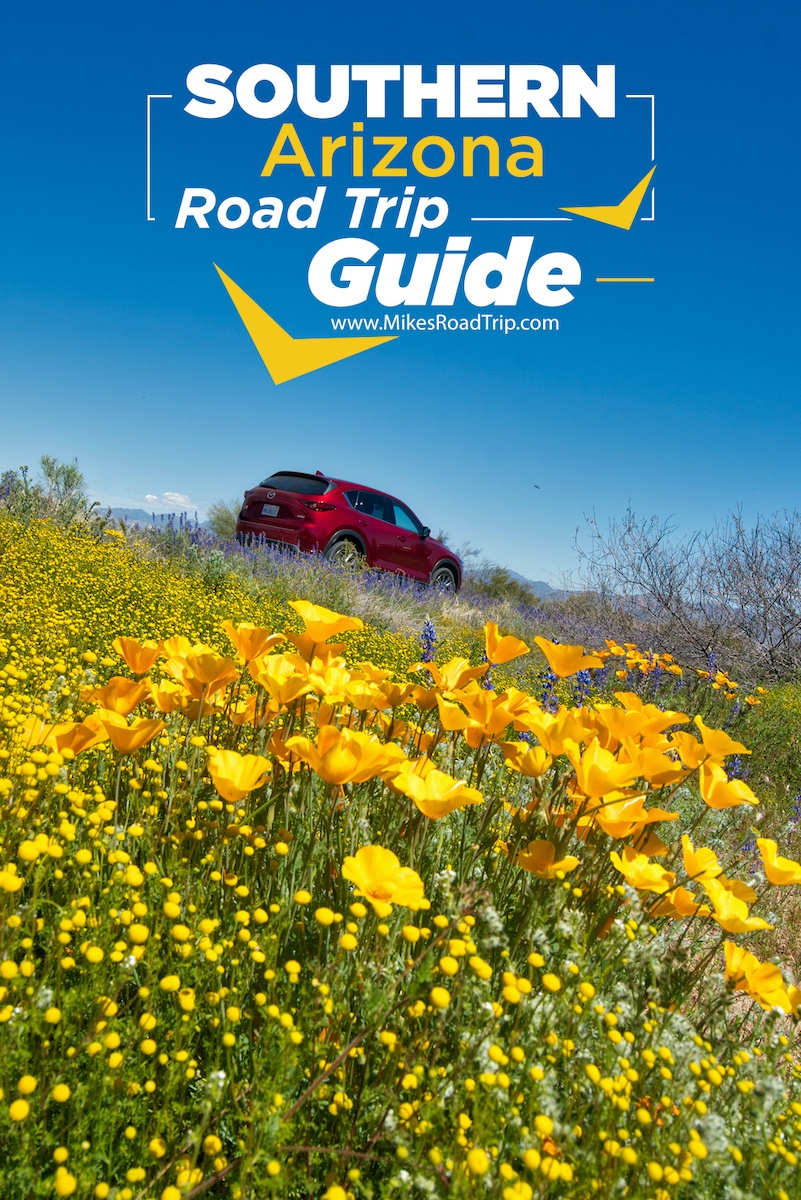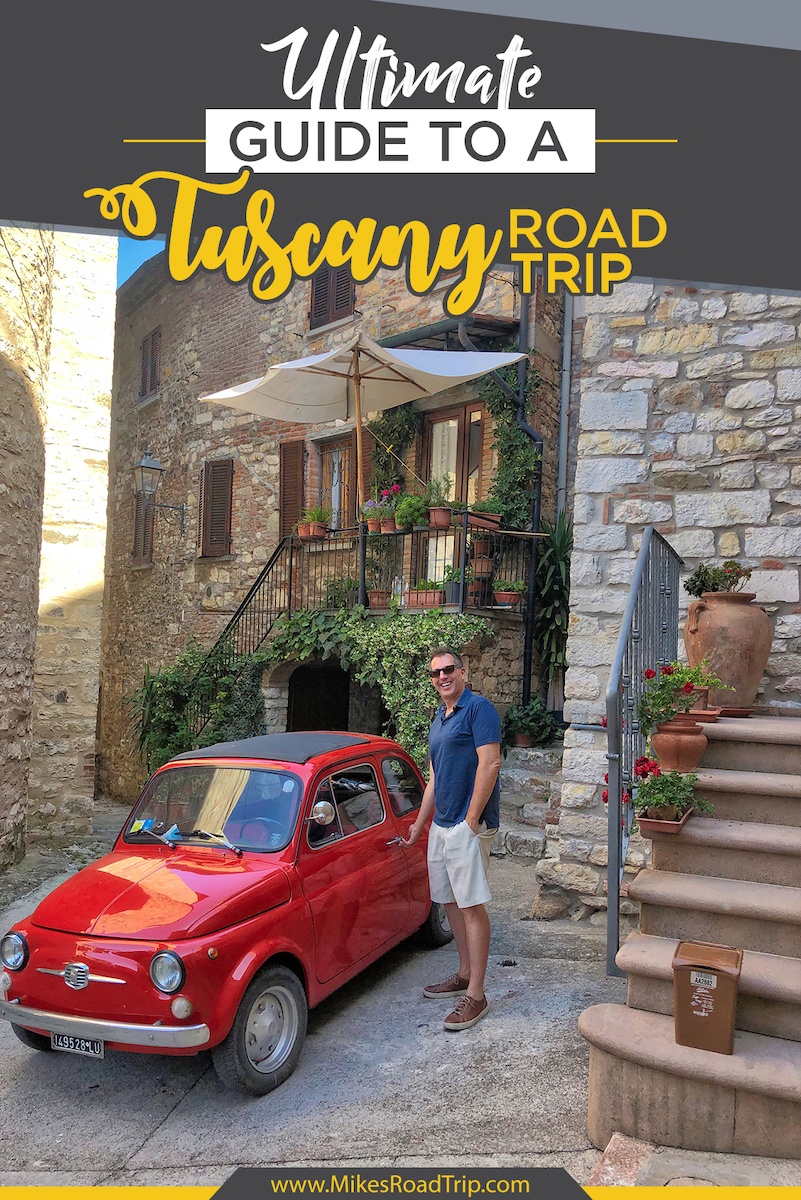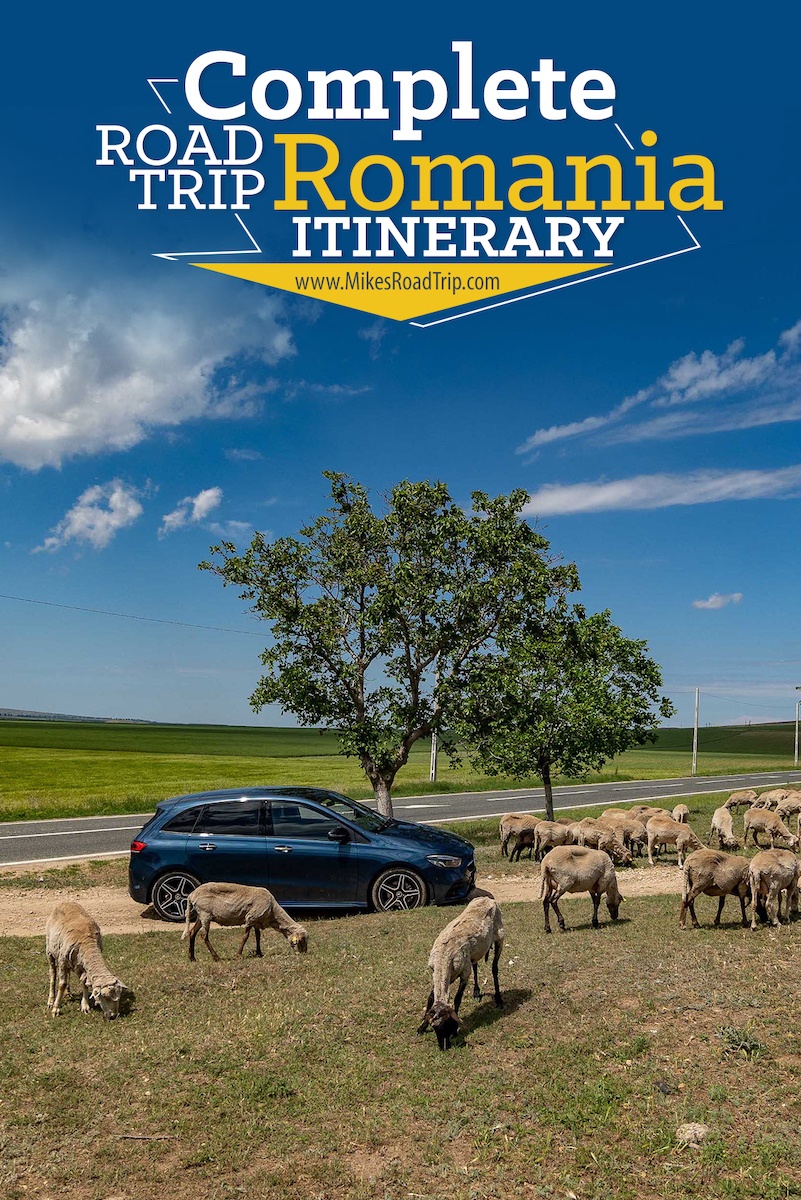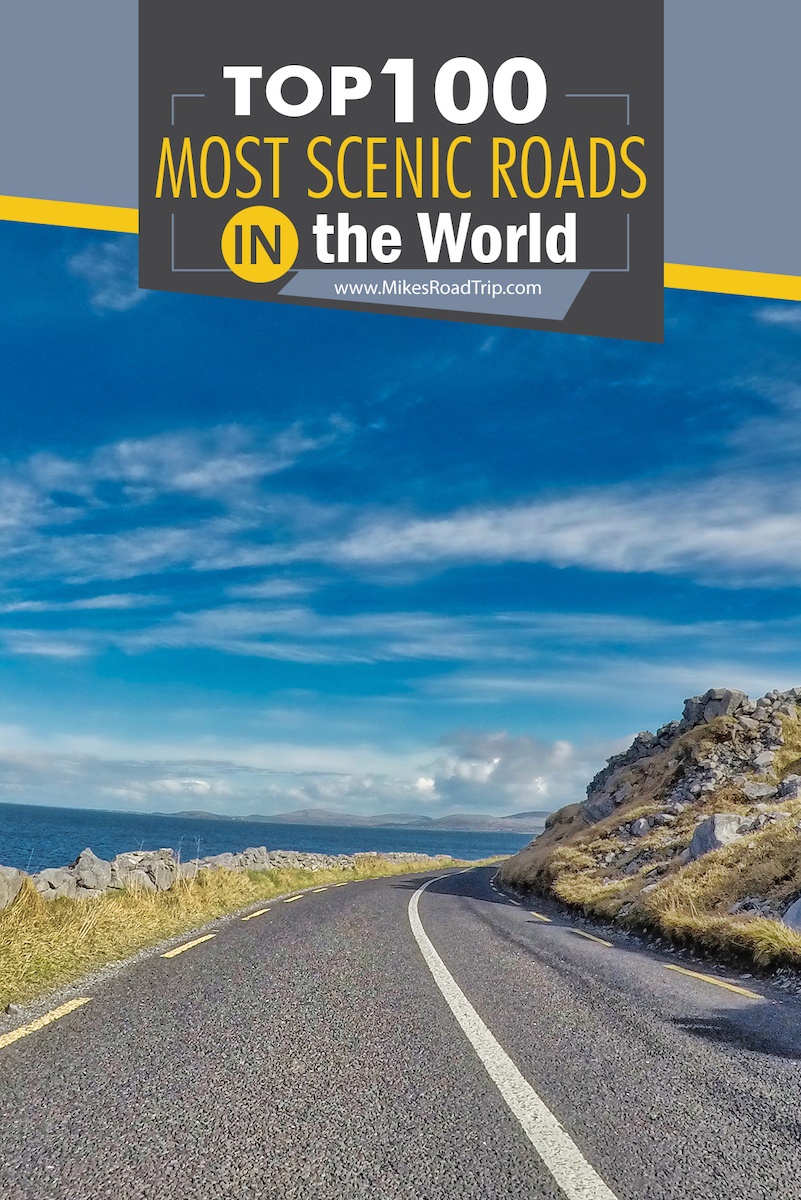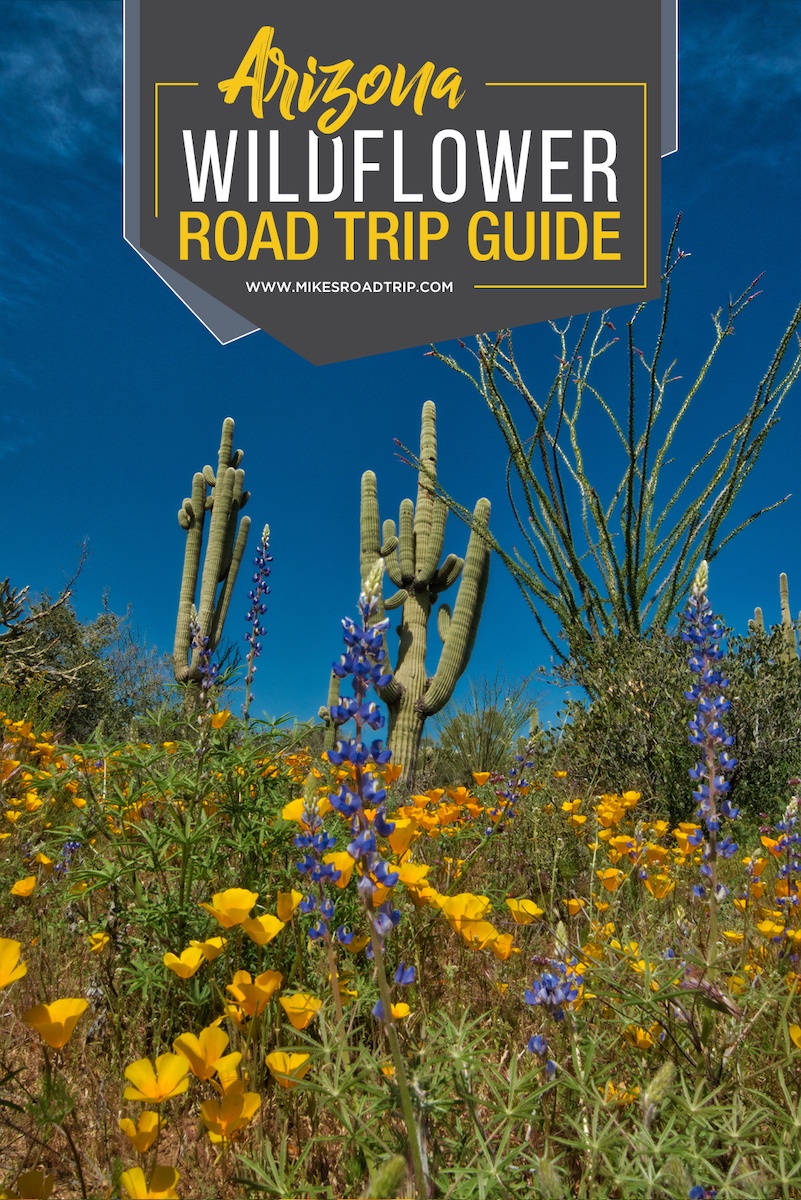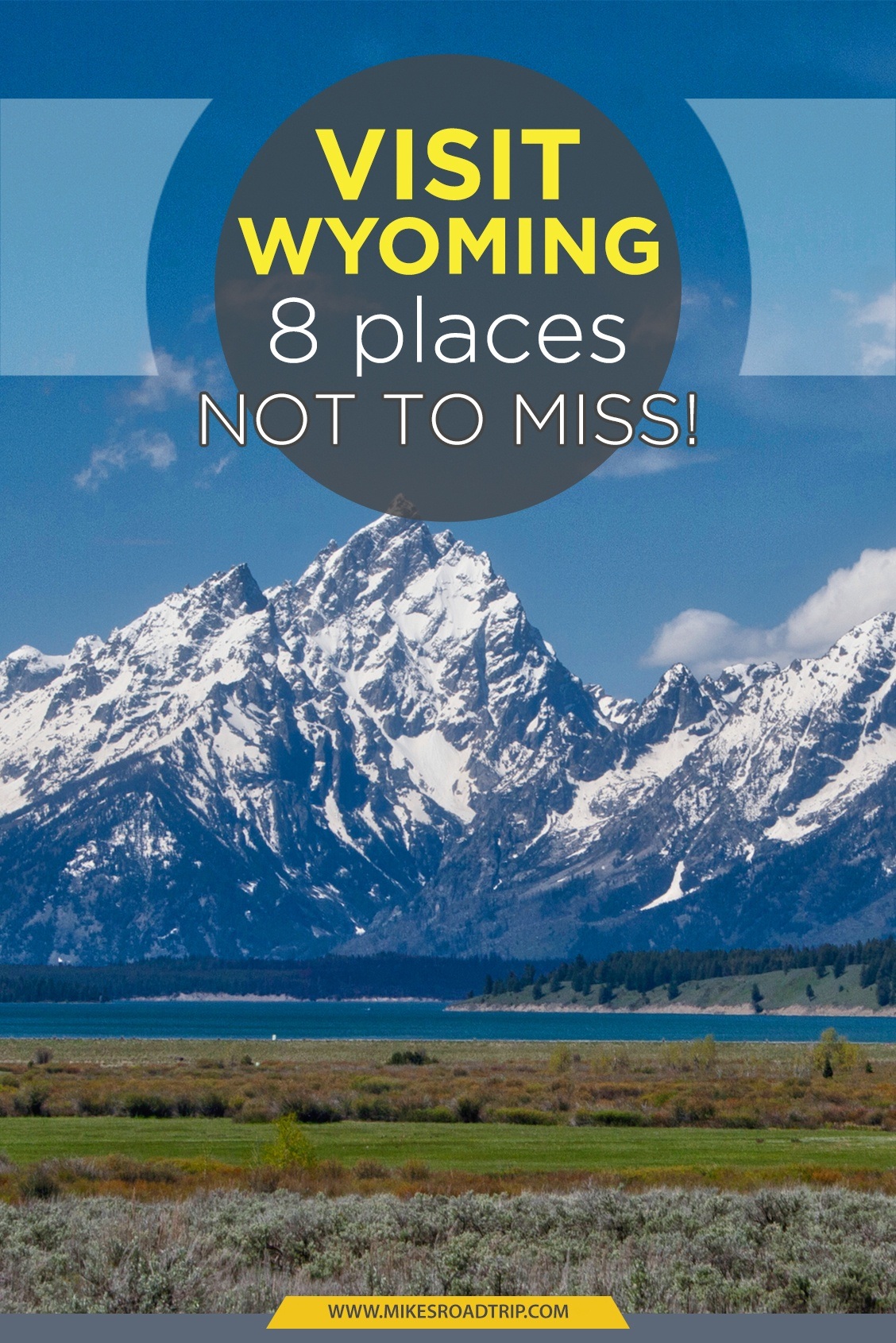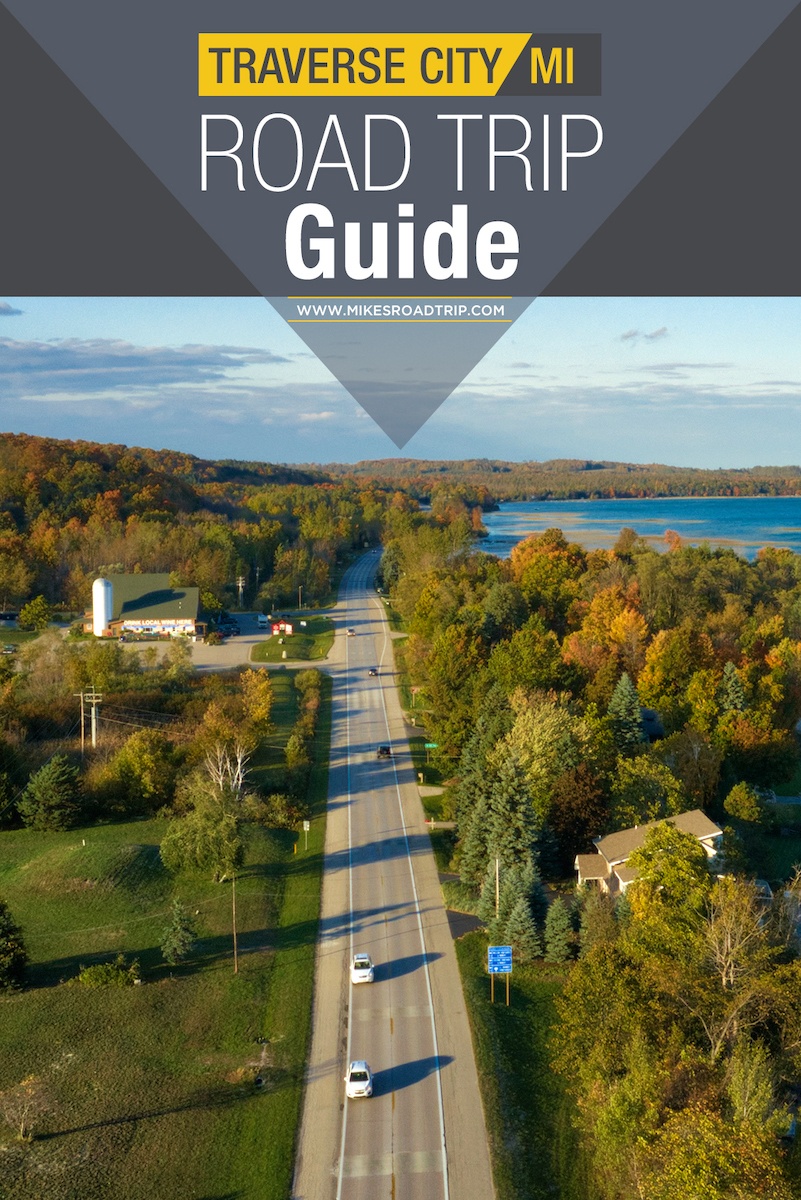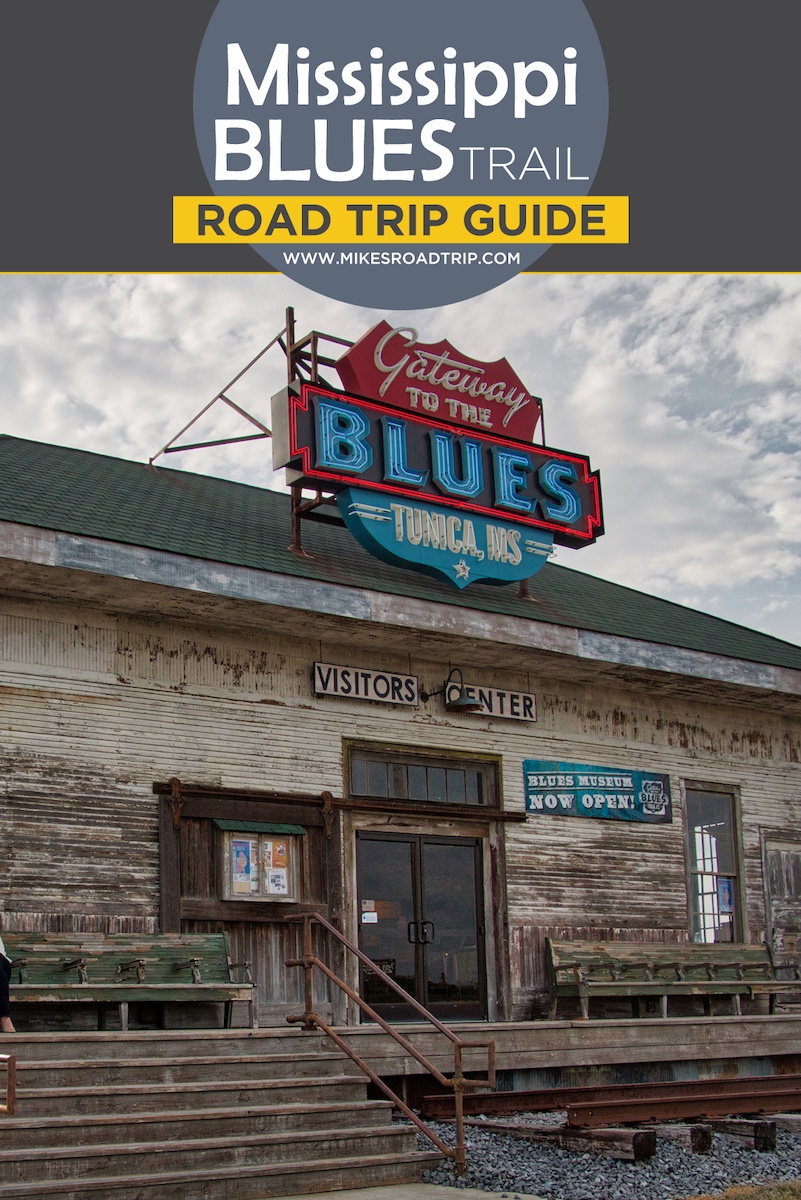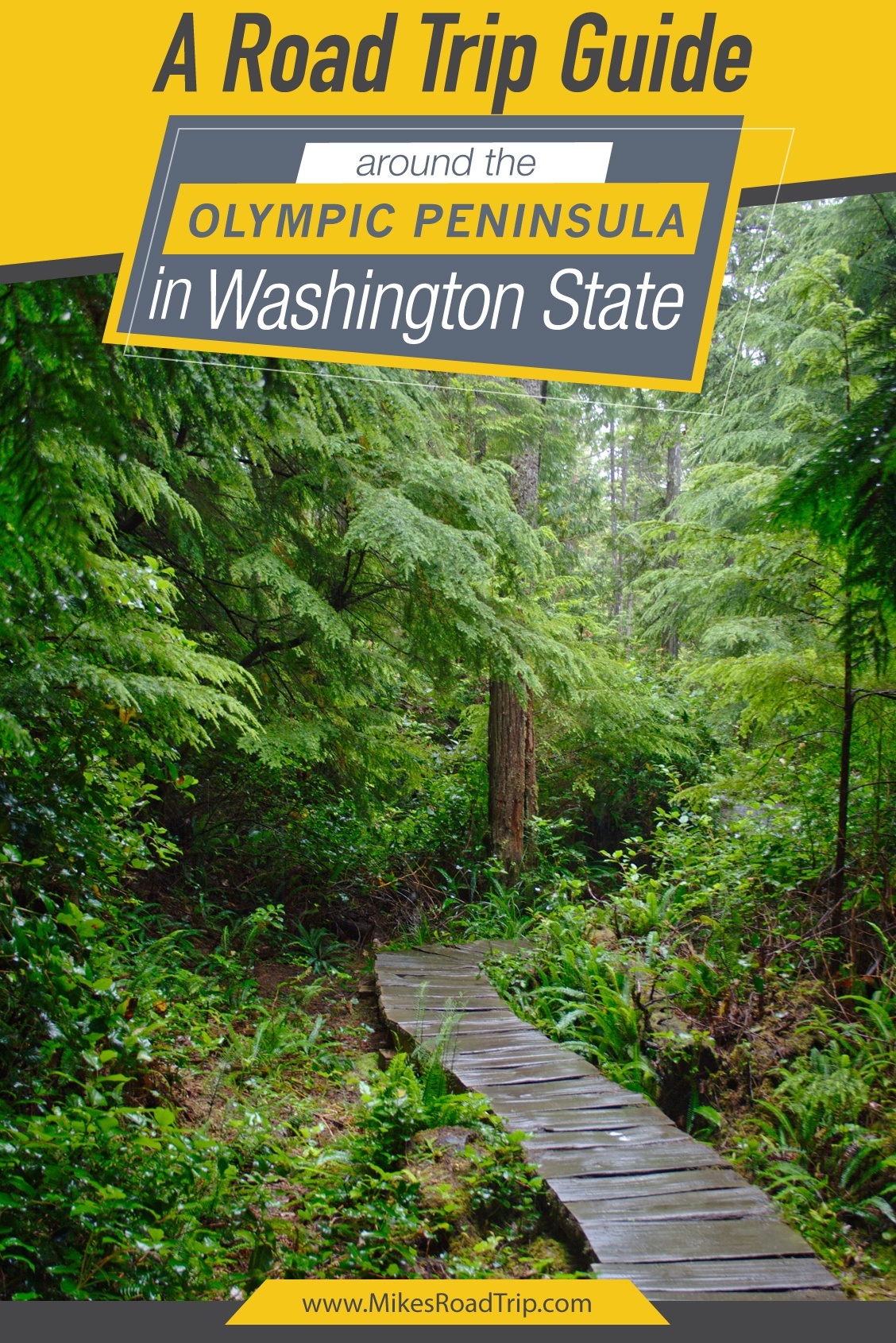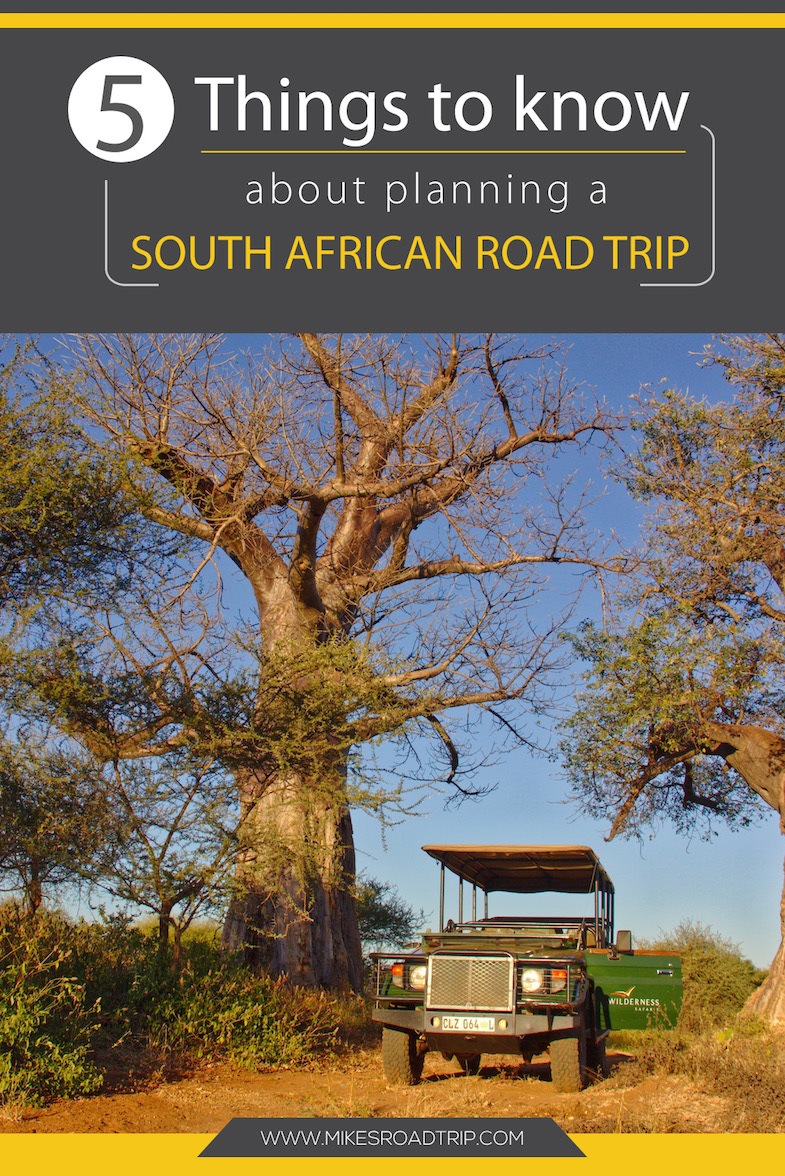Heading out on your first long road trip? Here are some essentials to consider.
If you are doing research for your first long road trip, congratulations! You’ve probably seen a lot of different lists on what you should pack, but here’s the thing: we hate those lists. Why? Because they usually tell you to pack more than you need, which means that you’ll be paying to lug around too much stuff on your trip.

No matter how much you like to avoid them, checklists make vacations easier— and more importantly, safer. So, we’ve assembled one for you involving essentials that you can’t afford to miss.
Know the route you’re taking
One of the best ways to ensure a successful road trip is to know the route you’re taking. Before you leave, study up on your destination using maps and other resources like travel blogs. This will help you avoid any surprises and find out where the best places are that you can stop at along your way.
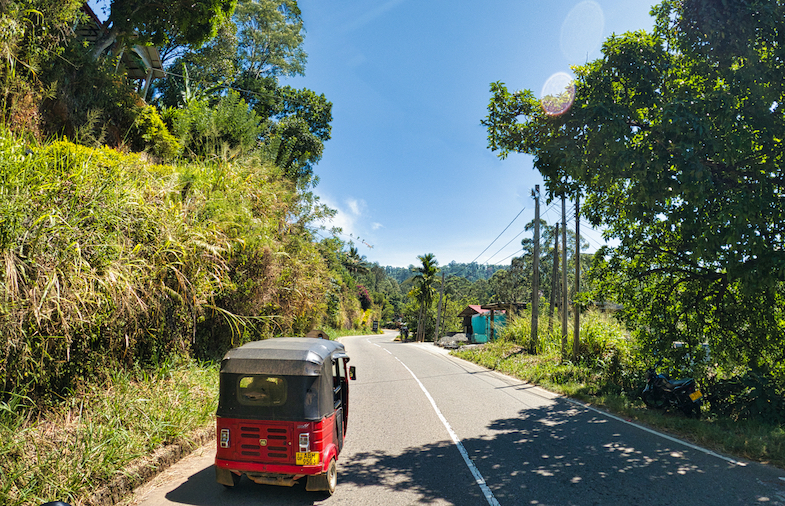
If there is an overnight stay involved, be sure to book accommodations in advance (and, if necessary, make sure they accept pets). If traveling during peak hours such as holidays or weekends when there’s an influx of traffic due to people visiting relatives for Thanksgiving or Christmas/New Year holidays, then plan accordingly by leaving earlier than normal, so things run smoothly before getting stuck in traffic jams due to accidents caused by other drivers who aren’t paying attention when making turns off highways onto smaller roads leading into residential areas near where their families live.
Make sure your car is ready before you go
If you’re going on a long road trip, it’s important to make sure your car is in good shape. Make sure your tires are all properly inflated, and that the tread depth is acceptable. Check the oil levels and fill them if necessary. Check your tire pressure with a gauge before every long drive, and keep an eye on how hot they get while driving so you know when they need air or cool downtime. Check brake fluid levels and fluid color; if it looks discolored or smells weird, flush out the system with new fluid right away (or at least before you leave).
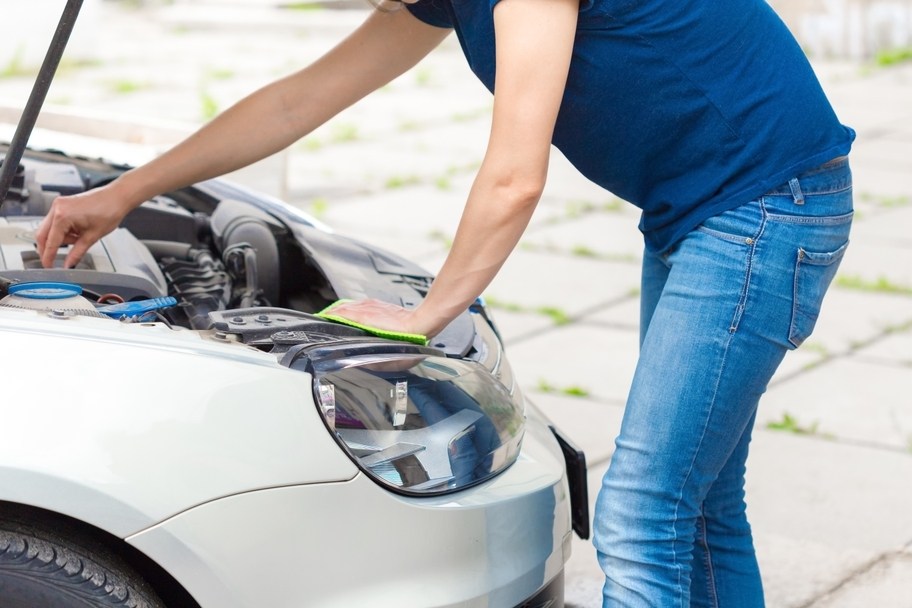
Check lights both inside and outside of the vehicle; replace bulbs as necessary (and don’t forget any vanity lights). Wipers should be sharpened regularly; replace blades every two months or so if they aren’t doing their job well enough anymore. Make sure there’s fresh engine oil under that dipstick too! If possible, take a look under your car for signs of leaks—oil from leaking valve covers could mean serious engine damage that needs attention now rather than later!
Get a map if your GPS doesn’t work where you’re headed
A map will help you in case your GPS fails, gets damaged, or loses its signal. A good map will also tell you things like where the nearest gas station is as well as other important details that can come in handy while on a long road trip.

Maps also have a habit of being excellent entertainment for road-trippers who want to see something new and different from what they see every day at home. If it’s raining or snowing outside, maps are great for keeping yourself entertained with stories about all the places they show off!
Keep your phone charged
If you want to stay connected, you’ll need to bring some way of charging your phone.
The easiest way is to bring an external battery pack that can recharge your phone and other devices while you’re driving, but these can be bulky. If you have room in your car, though, it’s worth it—you don’t want to be stuck without a phone when all hell breaks loose on the road (trust us: it will).
Pack entertainment for kids, pets, and grownups.
We all have our own personal ways of staying entertained on the road: music, games, and books are staples for adults; kids love having their devices plugged in to play games or watch movies. If you’re traveling with pets, consider bringing along an activity or toy that will keep them occupied and not chewing up your car seats (though this may be a challenge).
Even if you think it’s unnecessary for older passengers, consider bringing some form of entertainment for your baby or toddler—they’ll be more likely to settle down if they have something fun to play with!
Pack snacks and drinks
You’re going to be hungry, and it’s easier to eat on the road if you have healthy options available. Pack food that doesn’t need refrigeration (think: granola bars or dried fruit). It also helps to pack snacks that are easy to eat while driving—nuts, pretzels, and other bite-size foods are good choices.
Bring comfy clothes to change into.
You may want to bring clothes that are comfortable and appropriate for the weather, location, and activities you plan to do. You may also want to wear clothes that are appropriate for the people you will be with. These might include:
- Comfortable pants/shorts and t-shirts/tees
- Sweaters/jacket or sweater-vest – depending on what time of year it is where you’re going
- Warm socks – if traveling during the winter months
Conclusion
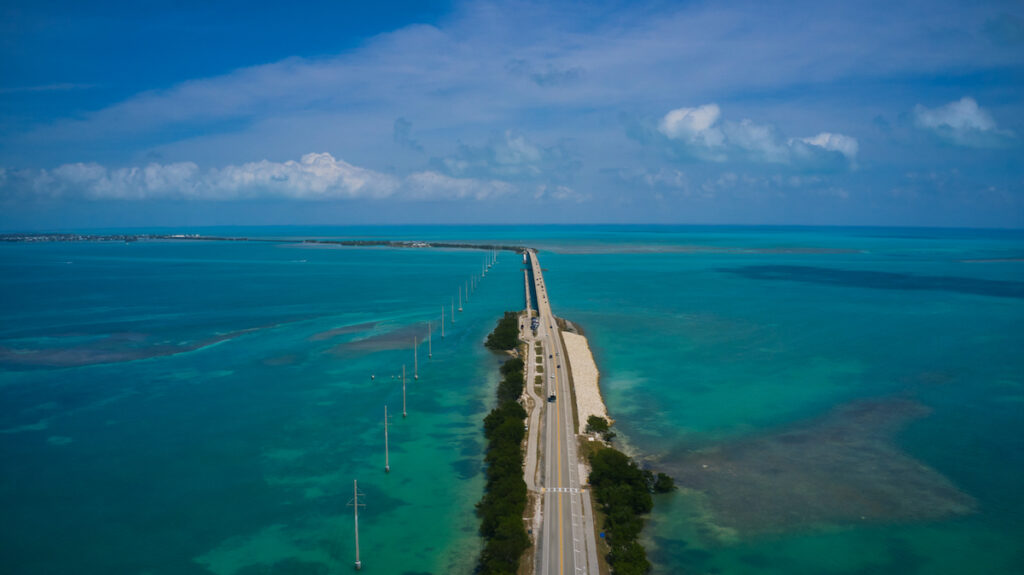
At the end of the day, what you pack on your road trip is entirely up to you. There’s no right or wrong way to do it. You can go minimalist and simply enjoy being out in nature for a few days, or you can bring everything but the kitchen sink for maximum convenience. Whatever route you take, we hope this article has helped inspire your packing list and get you excited about hitting the open road!





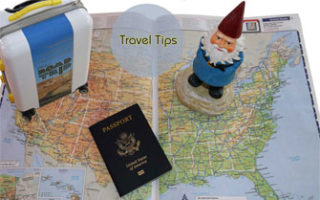



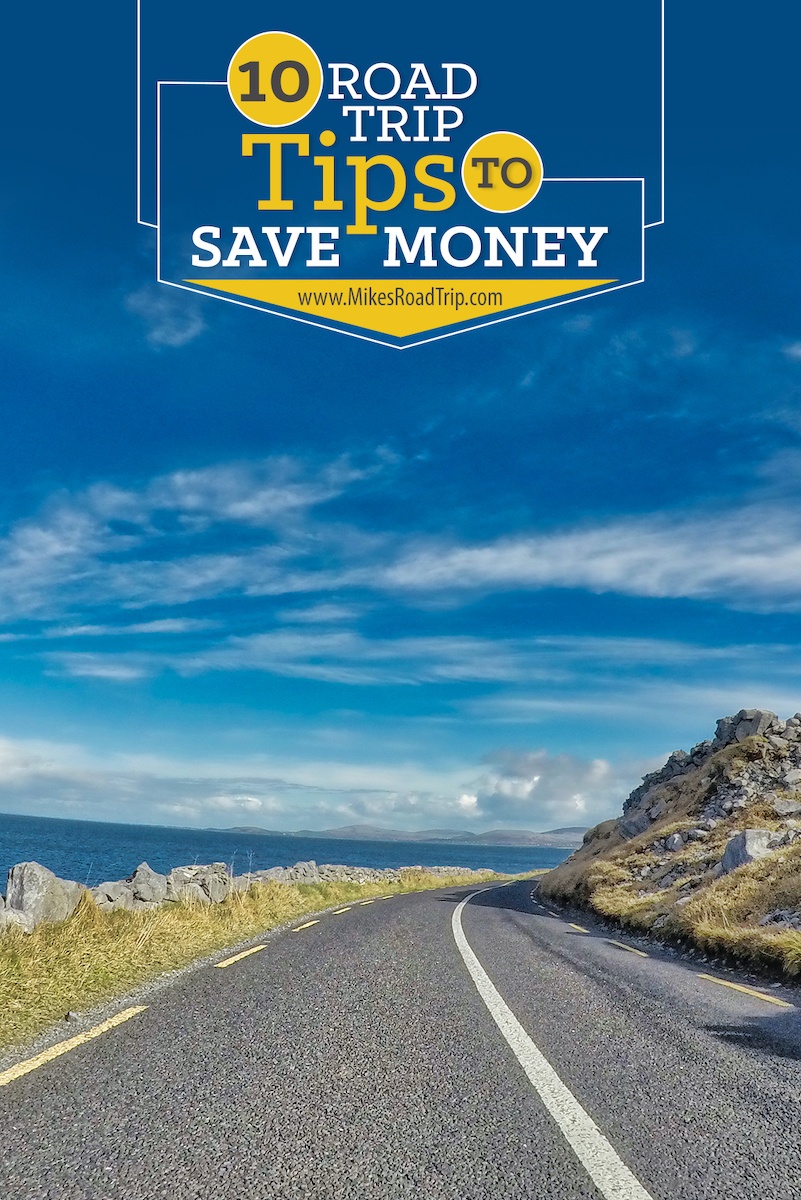
![Top-5 Best Places to visit in Belgium beyond Brussels [video included]](https://mikesroadtrip.com/wp-content/uploads/2020/07/Pin-6b.jpg)
![Top-10 Most Interesting Facts about Arizona [Video Included]](https://mikesroadtrip.com/wp-content/uploads/2020/07/Pin-2.jpg)

